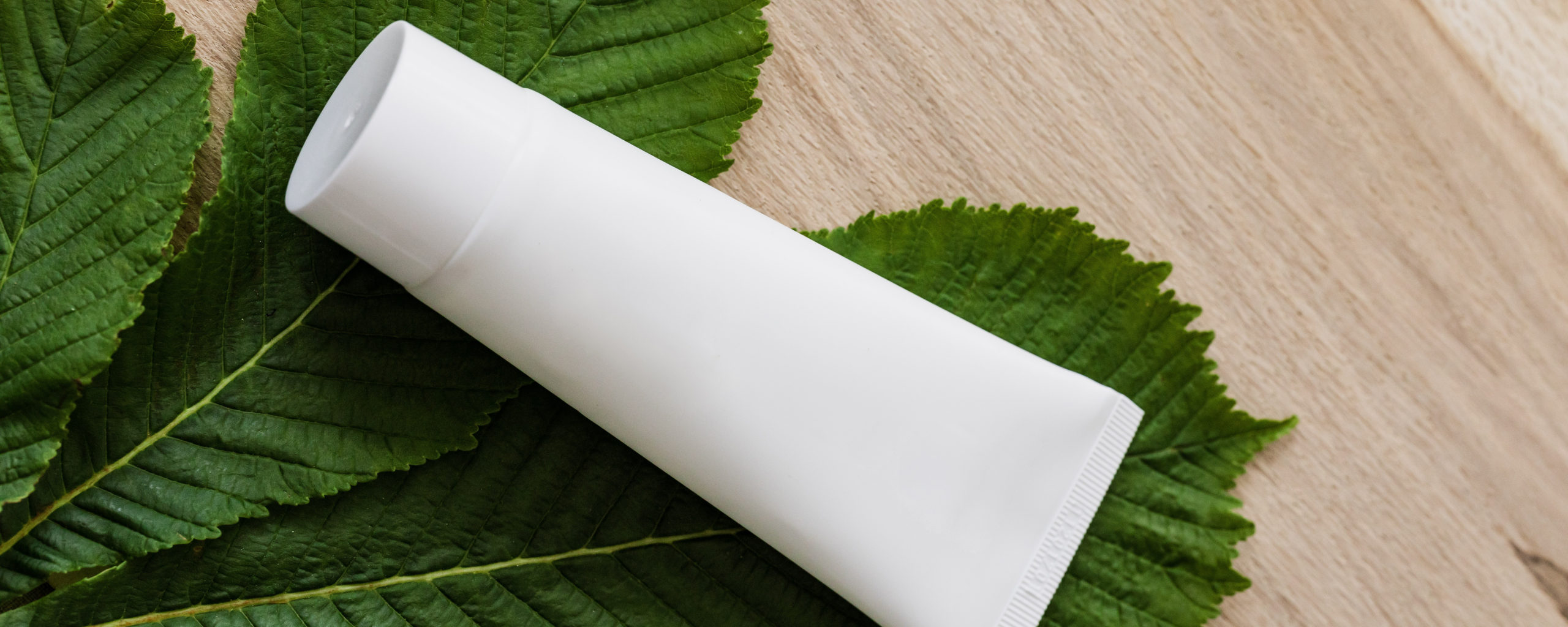GY-MDG-PBAT High-performance biodegradable materials
The concept of “biodegradable plastic” refers to the use of temperature, humidity and microorganisms in the environment to first hydrolyze high molecular weight products into low molecular weights, and then swallow them by microorganisms, and finally decompose them into carbon dioxide, water and bio-based products. There are a large number of microorganisms buried in the soil, and the polyethylene film surrounded by microorganisms is also degradable. The destroyed plastic structure will eventually need fungi or insects to eat, and the plastic can really be decomposed.
Description
Intro
GO YEN CHEMICAL INDUSTRIAL CO., LTD. (GYC GROUP) is a leading manufacturer of specialty chemicals in Asia. We devote ourselves to supplying products and solutions to our customers worldwide to satisfy and expand the market needs.
Plastic products can now be seen everywhere along with the industrial development. However, the massive uses of plastics have become a great threat to the global environment. As a result, lots of companies put their efforts into developing bio-based materials to get over the crisis that the regular plastics we use in our daily life have caused, and subsequently the biodegradable plastics are rolled out and known by us today.
The concept of “biodegradable plastic” refers to the use of temperature, humidity and microorganisms in the environment to first hydrolyze high molecular weight products into low molecular weights, and then swallow them by microorganisms, and finally decompose them into carbon dioxide, water and bio-based products. There are a large number of microorganisms buried in the soil, and the polyethylene film surrounded by microorganisms is also degradable. The destroyed plastic structure will eventually need fungi or insects to eat, and the plastic can really be decomposed.
Degradable plastics have a degradation induction period, which refers to the time from processing into a plastic product to the appearance of a small horizontal crack due to the effect of external environmental conditions. Different degradation plastics have different induction periods and different types of plastic applications require different induction periods. Take plastic mulch as an example, the induction period is no less than one growing period of crops.
Nowadays, biodegradable plastics have been applied to various daily products, but the properties and functionality of biodegradable plastics are not as good as those of traditional plastics. Its end products are prone to cracking, yellowing, and short service life. Functional additives are required to be added. Meet the needs of various products. However, traditional plastic additives are not decomposable. When the biodegradable plastic is naturally degraded, the additive components will remain and cause environmental harm.
Therefore, GYC Group has been engaging in highest-end & environmentally friendly innovation and R&D. GY-MDG targets traditional decomposable materials, including PLA provides a series of complete solutions for the disadvantages of high price, inability to be used in large quantities, oil resistance, heat resistance, and inability to combine with traditional plastics. It does not cause harm to the environment and provides a strong structure of bast fiber. The bacteria in the air can promote and induce the photo-oxidation reaction. Under the irradiation of sunlight and other light sources, the energy of photodegradation, ultraviolet rays, and the action of oxygen in the air are used to decompose the material. At present, the special case of applying agricultural film is used on crops that are cropped twice a year without cracking. Compared with the degradation and decomposition of PLA agricultural film and the scene of overgrown weeds, it is actually conducive to adding different ratios of agricultural film to different crops.
In addition, through GYC Group’s unique nanotechnology, after the GOYENCHEMUV-BD70 decomposable material special anti-UV yellowing agent is added to the decomposable plastic, a nano insulation layer is formed on the terminal product to effectively block the light, heat, and Oxygen, moisture,etc., suitable for use in products that require UV resistance, heat resistance, and yellowing resistance, such as: outer packaging that protects food from sunlight, shoe sole materials that are softened by sunlight, etc., to improve biodegradable plastics The physical properties of the product can improve high temperature resistance, provide products with anti-UV and yellowing resistance characteristics, which can extend the service life of biodegradable plastic products and improve product quality.
Properties
| GRADE | GY-MDG-PBAT-1 | GY-MDG-PBAT-2 |
| Physical state | Granule | Granule |
| Color | Brown | Milky white, Transparent |
| Specific gravity g/cm3 | 1.24 | 1.26 |
| Temperature resistance ℃ | 52 | 60 |
| Heat deflection temperature ℃ | 160-165 | 160-165 |
| Features | 1. Can be used for colored and dark products
2. Improving the anti-ultraviolet, yellowing, anti-oxidation and antibacterial properties |
1. Can be used for natural or light-colored products
2. Improving resilience |
Features/Benefits
- Made of plants (natural ingredients)
- Starts nibbling when contacting the bacteria in the air
- Decomposed into water and carbon dioxide to induce a fixed degradation period and an appropriate length, so that the starting time of plastic degradation can be controlled.
- Better decomposition efficiency, after use, it will generate excellent decomposition efficiency based on the environment, soil, humidity, sunlight (ultraviolet rays), heat, and air.
Applications
- Agricultural mulch films
- Plant pot
- Packaging bag, packaging material
- Garbage bags
- Other senior degradable products application
Adding Rate
The decomposition efficiency will be higher, the time will be shorter followed by increasing adding rate of GY-MDG-PBAT-1, service life can be controlled effectively. It is also feasible to add GY-MDG-PBAT-2, adjust the strength after adding starch material, the adding rate can be adjusted according to type of material and the expected effect.
Packing
20KG/bag
Storage
- Seal tightly.
- It will absorb water when exposed to the air, please pay attention to moisture.
- Avoid light exposure and strong acid

